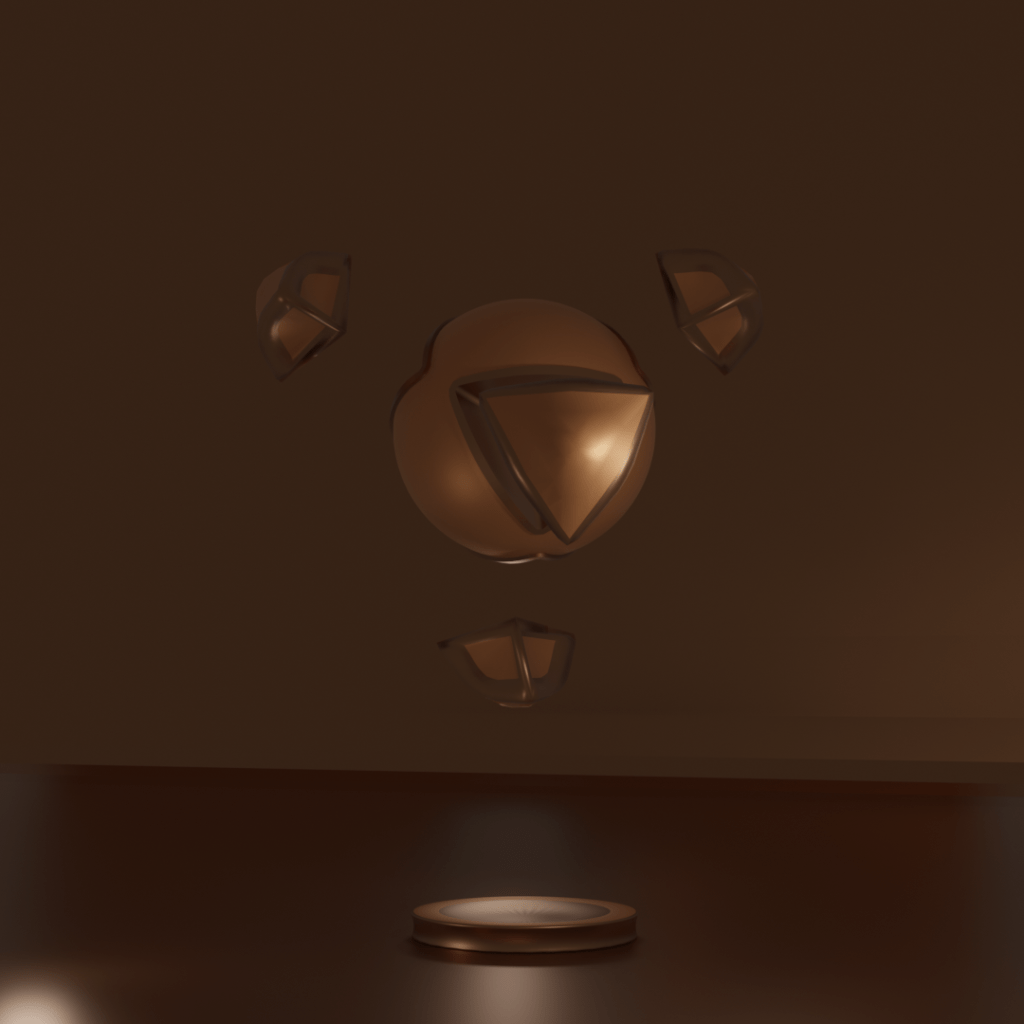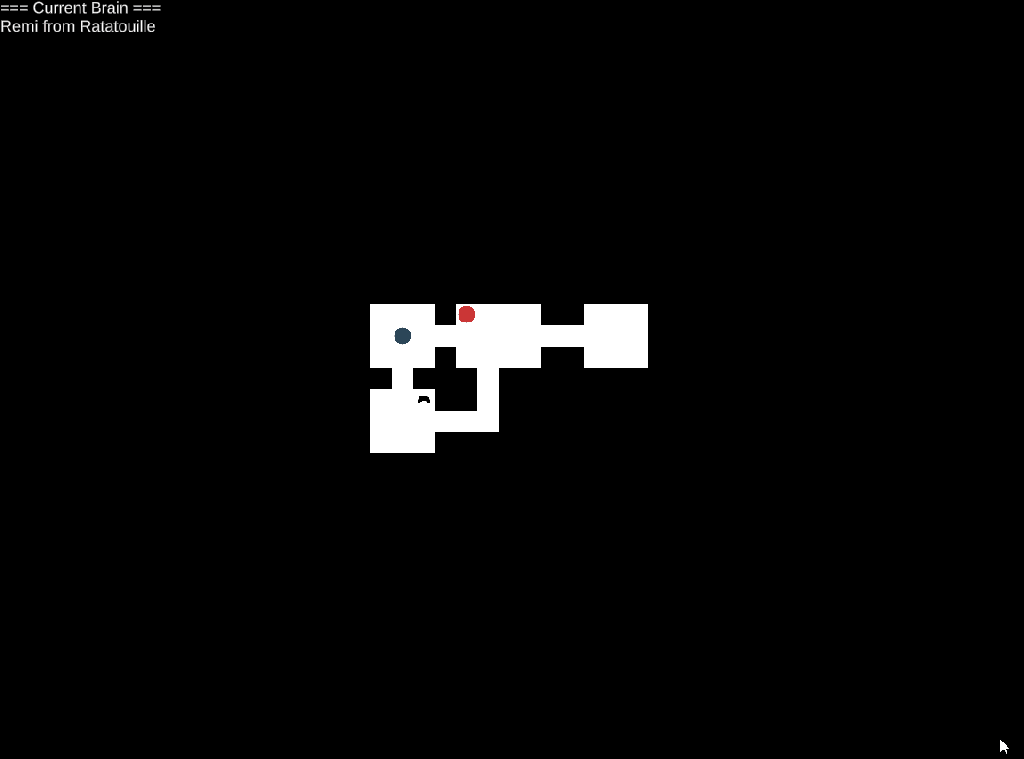Well, it’s been a few months since I wrote an update! I’m going to make this a short one because to be honest, I haven’t been making a lot of progress. I forgot how hard it is to find time when you have a full-time job, so I’ve put the monthly Blender renders on hiatus until I finish my game. Speaking of which, I’m at a bit of a loss on what to make.
In my last update I mentioned I’d start making prototypes, and to an extent I did, but it was more to figure out basic workflows in Unreal Engine 5. I also know I said I’d start prototyping game ideas in Godot, but I decided against it because I’d rather focus on just learning UE5. With my limited time, I’ve learned how to do some very simple things such as import assets and animations and then create animation blueprints to play blended animations. All very beginner level stuff.
The progress has been at a snail’s pace, and that’s mainly due to the fact that as mentioned before, I don’t have as much free time as I used to – and I also don’t really know Unreal Engine 5. So realistically, I’m better off going back to what I did back in 2021 and making tiny games to learn the engine.
This is something that does frustrate me as I want to make more complex and interesting games, but to be honest, I really need to get experience with the engine first. Even trying to scope my game for October has been impossible because I don’t know how long it takes to do anything in UE5.
The other aspect is I don’t want to work on this every weekday. I make games now as part of my day job (yay) – but that does mean that most nights when I get home from work, I don’t want to do anymore game development. I also just have other responsibilities. Plus, it would be unhealthy to work on this every night anyway.
So yeah, I’m going to go back to making *tiny* games. Just to actually learn Unreal Engine 5 and to warm myself up for the bigger games I’ll hopefully get to make. It’s a bit frustrating and feels counterintuitive, but I’m going to make those tiny games again. It won’t be 1 Game a Week, but they will be very small games. That feels like a lot less pressure to me, because if a game is bad, it’ll be a few weeks before I get to the next one – which will hopefully be good! I’m also no longer making a “big” game for October that I feel needs to justify the months of work on it. The risk is a lot lower.
So yeah, that’s it! tl;dr I’m going to make tiny games every couple of weeks. The goal is to build up my experience in Unreal Engine 5 until I’m comfortable enough to start expanding to larger games. I’m also going to put the Blender projects on hiatus until around October.
This post was a bit of a ramble but I just needed to write this down somewhere public, to give myself permission to work on smaller games again. If you’re interested in seeing some small weird games in the coming months, keep an eye on this blog.
As always, thanks for reading my post and I hope you have a great day!
















